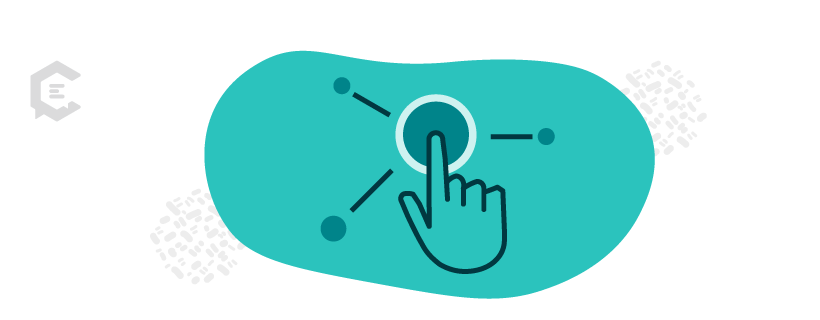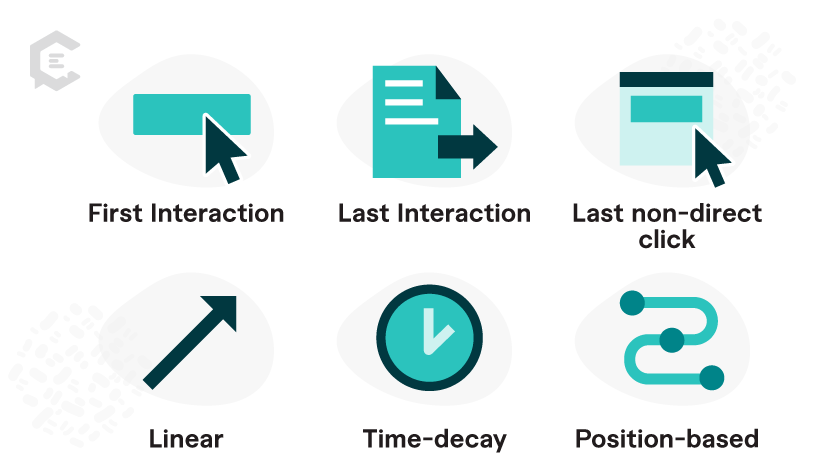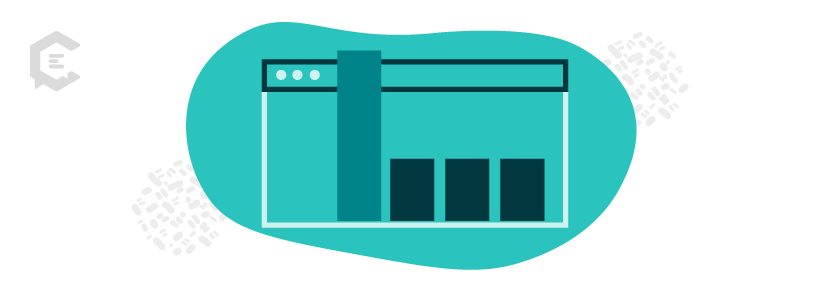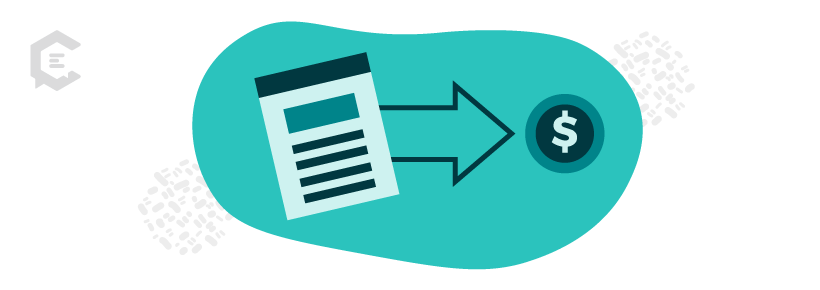In content marketing, creating compelling content is crucial. But knowing how that content impacts your business is even more important.
Content attribution is the ultimate proof of success for marketers. It demonstrates concrete results from your content marketing efforts.
But, some marketers can find it tricky to measure. So, we’ve created a detailed breakdown of the intricacies of content attribution, along with some actionable insights.
Understanding Content Attribution
In a perfect world of digital marketing, your customer reads an ad about your service, pays a visit to your website, and immediately hits the “click-to-purchase” button.
Unfortunately, we don’t live in a perfect world. Customers mostly undergo a more complex conversion path, filled with many touchpoints, before taking action.
At its core, content attribution is about connecting the dots between your content and the results it generates.
Let’s say your customer engages with one or more of your channels, returns to your website, and buys something. Which of those channels is responsible for the conversion?
Diving Deeper Into Content Touchpoints
Touchpoints represent each individual’s contact with your brand before, during, and after purchasing.
Your latest Instagram post? It’s a touchpoint. The phone call a prospect makes to your sales staff? Word-of-mouth reviews on Yelp or Google that customers study? The website your prospect visits for additional research before buying? All are touchpoints.
Today’s customer journey hits as many as 500 touchpoints between initial brand awareness and purchasing your product or service.
Why Content Attribution is Important to Your Content Marketing Strategy
Content attribution is like a flashlight. It shows you what works and what doesn’t in your content strategy. That allows you to make improvements or change areas of your strategy that are lacking results.
Content attribution also helps you determine your content marketing campaigns’ true return on investment (ROI). Accurately measuring and showcasing the precise impact of each piece of your content is invaluable. Besides helping refine your strategy, it provides tangible data proving your content drives growth.
Demonstrating value to stakeholders
Content attribution’s tangible data doesn’t just help your strategy.
Content marketing often involves collaborating with stakeholders and executives. You’ll need more than just belief in yourself and your team to earn their trust and secure resources. Content attribution gives you the proof. With your data, you can illustrate how your content efforts directly contribute to revenue, customer acquisition, and brand growth.
Content Attribution Models
If attribution assigns credit, attribution modeling is a set of rules determining how that credit is assigned.
There are several content attribution models, including:
- First interaction
- Last interaction
- Last non-direct click
- Linear
- Time-decay
- Position-based
Let’s break each one down.
First interaction: Almost instant action
Remember that perfect world in which your customer saw one of your ads, visited your website, and bought your product or service? That is an example of the first interaction model, also known as first-touch attribution.
As you can guess, this model attributes 100 percent of the customer’s conversion value to the first channel your customer interacted with. In this case, the ad gave full credit for the first touchpoint.
It prompted your customer to visit your website, where they bought something. Based on this, conversion occurred when your customer saw your advertisement.
- Pros: This model is highly effective in analyzing how well a marketing channel increases awareness of a new product, service, or brand. It’s commonly used in tandem with ads or campaigns geared to boost awareness of a new product, service, or brand.
- Cons: The model isn’t useful if the prospect doesn’t immediately hit click “purchase” when visiting your website. Also, because it measures only one interaction, it doesn’t provide much insight into what might drive conversions.
Last interaction: The final step
The last interaction, called last-touch attribution, assigns all conversion value to the last absolute final touchpoint with which your prospect interacted before buying a product or service.
Returning to the above example, if the prospect viewed your ad, visited your website several times, opened and read several emails, read a Facebook post and blog, and then eyed a Twitter feed before returning to your website to buy, that website would be the last touchpoint before purchase.
Even with the other touchpoints on this customer’s journey, full credit goes to that final interaction.
- Pros: As this model measures bottom-of-funnel (BOFU) interactions, it can help understand the final marketing channel that led directly to the purchase. That can often be effective for businesses with sales cycles that might not involve a consideration phase.
- Cons: While great for pointing out that final interaction, this method ignores other factors influencing customer actions. Because customers can interact with as many as 500 touchpoints, the last interaction model doesn’t necessarily consider the influence of those touchpoints on buying decisions.
Last non-direct click: Analyzing the next-to-last source
Under the last non-direct click model, 100 percent of the conversion value is attached to the last channel the customer visited before purchase. If this seems familiar to the last interaction model, you’re not wrong.
The main difference, however, is that the non-direct click attribution model focuses on indirect traffic versus direct traffic when it comes to assigning conversion value. What’s direct traffic? It’s direct contact from the customer. An example would be the customer coming directly to your website by entering a URL in their browser.
Non-direct traffic, however, is guided to your website from another source, such as email campaigns, social media posts, blogs, or other “secondary” methods. It’s this non-direct traffic with which the non-direct click model is concerned.
Let’s say a customer reads a Twitter feed before visiting your website to make a purchase. That Twitter feed gets the credit under the last non-direct click model. The Twitter feed actually triggered the purchase, even if the website was the final touchpoint.
- Pros: The main benefit of this model is the distinction it provides between direct and non-direct traffic, presenting a clear vision of the latter. It’s also easier to set up compared to other marketing attribution models. The last non-direct click is the standard attribution model offered through Google Analytics.
- Cons: While easy to set up and monitor, the non-direct click model could also be considered overly simplistic. Like the last interaction model, the non-direct click focus shows the next-to-last touchpoint but ignores other potential conversion factors along the customer journey.
Linear: Credit across the entire journey
The linear model gives equal credit to each touchpoint on the way to conversion. If your customer bounced around from an Instagram ad to a blog to your website, all those channels would receive the same conversion credit.
The model sees each point of contact as being important during the consideration period. It’s helpful for ongoing marketing campaigns measuring contact and customer awareness.
- Pros: The linear attribution provides a holistic view of marketing campaigns, touchpoints, and their impact on your customer. Assigning even credit, across the board, to each marketing channel helps you plan for the entire customer journey while giving credit to the overall process and involvement of multiple channels.
- Cons: Assigning equal credit to all 500 touchpoints might seem counterintuitive, not to mention hugely confusing and messy. There is a difference between a low-value touchpoint (such as a clickthrough from a Facebook ad) and a high-value touchpoint (such as a phone call to customer service). Assigning equal value to these two actions can get in the way of optimization.
Time-decay: Closer to conversion
The time-decay model assigns higher credit to touchpoints that occur closer to a conversion activity. The idea here is that the further back the interaction, the less important it is.
A touchpoint on the day of conversion will receive more credit than one taking place seven days previously. This model can be useful for shorter promotional campaigns with a definite endpoint.
- Pros: This model outlines the significance of each customer interaction while assigning the bulk of the credit to more recent activities that directly impact conversions. With our marketing example, the use of the time-delay attribution model means most of the credit would be assigned to the Twitter feed, with less credit assigned to any previous blogs, emails, or website visits.
- Cons: While this model provides terrific attribution for conversion optimization, it doesn’t give much credit to that very first touchpoint, in which your customer first became aware of your brand, your product, or your service. In many instances, making the customer aware of your product or service in the first place can be a challenge.
Position-based: Splitting the credit
Position-based modeling means you assign higher credit to the first and last touchpoint interactions and then spread the remaining credit to other marketing channels throughout the funnel.
The idea here is that the first touchpoint snagged the prospects’ interest, while the last touchpoint closed the deal. The other touchpoints are also acknowledged by splitting the remaining credit.
- Pros: This model helps show a full picture of a prospect’s entire journey, pointing out the importance of the first and last clicks on the journey. As previously mentioned, bringing awareness to your product or service can sometimes be half the battle. Position-based modeling also acknowledges the role of other touchpoints in conversion.
- Cons: This model could result in too much credit being assigned to low-value touchpoints. It’s great that your customer first became aware of your product through a Facebook post, with a final visit to your website sparking the conversion. However, the blog where your customer interacted with three touchpoints before conversion might have actually spurred the decision to buy. However, that blog is being awarded less credit than the website, meaning optimization metrics could be skewed.
Strategies for Implementing Content Attribution
To use content attribution effectively, you’ll need the right tools and a thought-out plan.
Analytics tools
There are plenty of top-tier tools that can monitor user behavior, track content performance, and provide invaluable insights into how your audience interacts with your content. Here are a few:
Defining your customer journey
Knowing your customer’s journey will help you outline touchpoints where users interact with your content before converting. It’s essentially a guide to your audience’s decision-making process. That will help you define which content touchpoints matter the most so you can prioritize them.
Multi-touch attribution
Content attribution isn’t as simple as focusing on a single touchpoint. Online, customers are normally engaging with multiple touchpoints before taking action. Multi-touch attribution (like the models we listed above) assigns value to each touchpoint along the customer journey. It can give you a better representation of how your content is influencing metrics.
How Are You Feeling About Content Attribution?
Understanding content attribution may feel difficult at first. But once you get a handle on it, it can skyrocket your content marketing’s potential. Don’t shy away from it. Lean in and integrate it into your content strategy.
But if you’d rather work with a team that already has content attribution expertise, ClearVoice is here to help. Our proven creators and managed content creation can ensure your content becomes a driving force behind your brand’s success. Discover our solutions or talk to a strategist today.








